
 Instagram
Instagram
Push Pull Workout: Your Personal How-To Guide

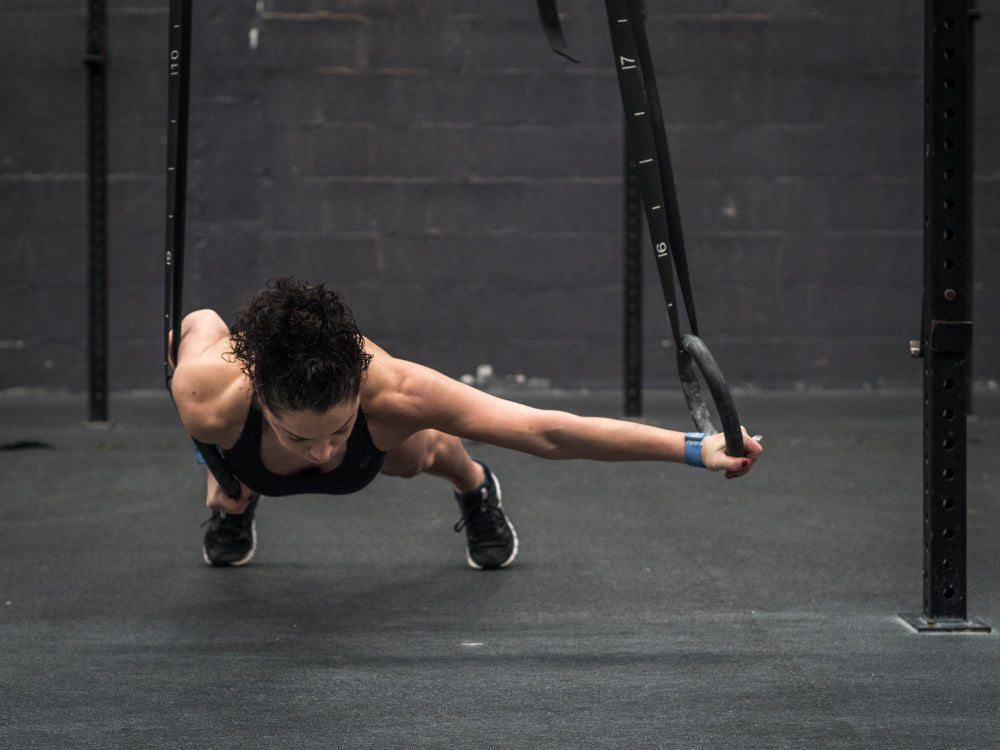
Related products

Push Pull Workout
A push-pull workout is a structured approach to resistance training that simplifies exercise selection into two categories based on the body's natural movements. In this regime, 'push' exercises are those where muscles contract to push resistance away from the body, while 'pull' exercises involve pulling resistance towards the body. This method of training is particularly beneficial as it allows for balanced muscle growth and recovery, reducing the risk of overuse injuries.
Dr. Emily Turner, a sports medicine specialist, explains, "The push-pull workout effectively targets all major muscle groups by alternating the focus, which can prevent the common issue of muscular imbalance—a frequent cause of injury in fitness enthusiasts." The workout is versatile, catering to various fitness levels and goals, from beginners to advanced athletes looking to enhance muscular endurance and strength.
This type of workout is advantageous for individuals aiming to increase muscle strength, improve cardiovascular health, and boost metabolic rates. It also suits those with limited time for gym sessions, as it ensures a full-body workout across fewer sessions each week. "Employing a push-pull strategy can maximise time efficiency in training, allowing for comprehensive workouts that fit easily into a busy schedule," states Dr. Turner.
To enhance sports performance and achieve the best results from your push-pull workouts, consider incorporating sports supplements into your routine. These supplements help improve muscle recovery, endurance, and strength, enabling you to perform at your peak during every workout session.
What are the Basics of Push Pull Workout?
In a push-pull workout, the classification of exercises into push and pull categories helps streamline training sessions. 'Push' exercises typically involve the chest, shoulders, and triceps. These exercises include movements like pressing weights overhead or pushing away from the body, as in a bench press or push-up. On the other hand, 'pull' exercises engage the back, biceps, and forearms, involving movements that bring weights towards the body, such as rows and pull-ups.
The balance between these two types of exercises is crucial. "Maintaining an equilibrium between push and pull movements ensures symmetrical muscle development and reduces the risk of postural issues," notes physical therapist Mark Roberts. This balance not only aids in muscle growth and body alignment but also enhances overall athletic performance.
To maximise your push-pull workouts and enhance muscle strength, consider adding pre-workout supplements like CNP Full Pump (Tropical Thunder) and BSN N.O. Xplode (Purple Power). These supplements are designed to increase your energy, focus, and endurance during intense sessions, enabling you to push through even the most demanding workouts, improve vascularity, and maximise muscle pumps.
Furthermore, this method helps maintain sustained interest and motivation in one's fitness journey by providing a variety of exercises that can be tailored to individual needs and progression rates. As such, a push-pull workout is not only a methodical approach to building strength and endurance but also a strategic tool for long-term fitness and health. For those interested in Calisthenics for Beginners: A Comprehensive Guide continue reading to learn more.
How to Structure Your Push-Pull Workout
The structure of a push-pull workout can vary based on individual goals and fitness levels, but typically, it is recommended to engage in these workouts three to four times per week. This frequency ensures adequate recovery while promoting muscle growth and strength. Each session should ideally last between 45 to 60 minutes, including both warm-up and cool-down periods.
Intensity in these workouts is key. "The intensity should be adjusted according to fitness levels, with a focus on progressing over time to challenge the muscles and prevent plateaus," suggests Dr. Turner. This might involve increasing the weight lifted, altering the volume of workouts, or modifying the rest periods between sets to enhance intensity.
It is also important to start each session with a proper warm-up to prepare the muscles and cardiovascular system for the workout, reducing the risk of injuries. Cooling down and stretching after the workout are equally crucial to aid in recovery and muscle repair.
Example Exercises
Push Exercises
- Bench Press: Targets the chest, shoulders, and triceps by pressing a barbell or dumbbells from chest level up toward the ceiling. To optimise your bench press and improve strength, consider using the Jordan Olympic Flat Bench (Grey). This sturdy, flat bench ensures you maintain a stable and secure position during your press, allowing for greater focus on form and technique, ultimately leading to enhanced muscle development and strength
- Shoulder Press: Focuses on the deltoids and triceps, involving lifting weights overhead from shoulder height. For a more effective shoulder press, the Jordan Olympic Shoulder Press Bench offers stability and support, ensuring proper form during this crucial push exercise.
- Triceps Dips: Engages the triceps by lowering the body on parallel bars or a bench and then pushing back up to the starting position.
Pull Exercises
- Pull-ups: Primarily works the latissimus dorsi muscles of the back, along with the biceps and forearms, by pulling the body up to a bar.
- Rows: Can be performed with barbells, dumbbells, or a cable machine, targeting the muscles of the back and biceps by pulling the weight towards the torso.
- Bicep Curls: Isolates the biceps by curling weights towards the shoulders. The Jordan 30kg Rubber Barbell Curl Bar is perfect for this movement, offering a comfortable grip and durability for effective bicep training.
Each of these exercises contributes to the comprehensive nature of push-pull workouts, ensuring that all major muscle groups are effectively engaged and developed in a balanced manner.
Sample Weekly Schedule
Creating an effective weekly schedule for a push-pull workout involves alternating between push days and pull days to allow muscle groups adequate recovery time. Dr. Turner suggests the following pattern for a balanced approach:
- Monday: Push Day (Chest, Shoulders, Triceps)
- Tuesday: Pull Day (Back, Biceps, Forearms)
- Wednesday: Rest or light cardio
- Thursday: Push Day
- Friday: Pull Day
- Saturday: Active recovery (light yoga, stretching)
- Sunday: Rest
Integrating rest days is essential for muscle recovery and overall health. "Rest days allow muscles to repair and grow stronger, which is vital for continuous improvement in strength and endurance," explains physical therapist Mark Roberts.

Tips for Maximizing Your Workouts
Warm-up Routines
A proper warm-up should include at least 5-10 minutes of cardiovascular activities such as jogging or skipping rope to increase heart rate and blood flow to muscles. Follow this with dynamic stretches focusing on the muscles to be worked that day.
Cooling Down and Stretching Post-Workout
Post-exercise, spend 5-10 minutes cooling down with light jogging or walking to gradually lower heart rates. Then, perform static stretches for all major muscle groups, holding each stretch for 20-30 seconds.
Nutritional Advice
Nutrition plays a crucial role in muscle recovery and growth. "Consuming a mix of protein and carbohydrates within 30 minutes after exercising can significantly enhance recovery rates," notes nutritionist Lisa Hamilton. Hydration is also key—aim to drink at least 2 litres of water daily, and more if the workout intensity is high.
Common Mistakes to Avoid
Overtraining the Same Muscle Groups
Frequent targeting of the same muscles without adequate recovery leads to fatigue and injury. Ensure alternating muscle groups and incorporating rest days.
Ignoring Proper Form
Proper form in all exercises reduces injury risk and increases efficacy. If unsure about form, consulting a fitness professional is advised.
Neglecting Rest and Recovery
Ignoring the body's need for rest can lead to decreased performance and increased injury risk. Listen to your body's signals and take breaks as needed.
Tracking Your Progress
Measuring Improvements
Regular assessments—such as tracking lifting weights, noting endurance levels, and taking body measurements—can indicate progress.
Keeping a Workout Diary
Documenting each workout, including exercises, weights, sets, and reps, can help in tracking progress and planning future workouts.
Adjusting Your Routine Based on Results
Be flexible with your workout routine to adapt to plateauing or when specific goals are met. This might mean changing exercises, adjusting intensity, or altering rest periods.
People Also Ask
Is push pull workout effective?
Yes, a push-pull workout is highly effective for several reasons. It allows for balanced muscle growth and recovery by alternating muscle groups that perform opposing movements. This reduces the risk of overuse injuries and ensures that all major muscle groups are engaged evenly. The regimen also maximizes gym time by allowing for frequent, intense workouts with sufficient recovery for each muscle group. By separating workouts into push and pull days, individuals can focus on specific movements and muscles, leading to more targeted improvements in strength and muscle mass.
What's the best push pull workout?
The best push-pull workout typically depends on an individual's fitness goals, experience level, and available equipment. However, a well-rounded push-pull workout might include:
- Push Days: Exercises like bench presses, shoulder presses, tricep dips, and squats. These target the chest, shoulders, triceps, and quadriceps.
Pull Days: Exercises like pull-ups, rows, deadlifts, and bicep curls. These focus on the back, biceps, hamstrings, and forearms.
- This routine ensures that all major muscle groups are worked thoroughly and can be adapted for different levels by adjusting the intensity, volume, and type of exercises.
What is the 6 12 25 method?
The 6 12 25 method is a training protocol designed to stimulate muscle growth through metabolic stress and muscular endurance. It involves performing three exercises back-to-back with no rest in between. The first exercise is performed for 6 reps (usually a heavy compound movement), the second for 12 reps (a lighter compound or complex movement), and the third for 25 reps (a light isolation movement). This method is intense and aims to push muscles to fatigue, promoting hypertrophy through an increased metabolic rate and muscle overload.
What is the best 4 day workout split?
The best 4-day workout split for maximizing muscle growth and recovery might look like:
- Day 1: Upper Body Push (e.g., bench press, shoulder press)
- Day 2: Lower Body Pull (e.g., deadlifts, leg curls)
- Day 3: Rest or light cardio
- Day 4: Upper Body Pull (e.g., pull-ups, rows)
- Day 5: Lower Body Push (e.g., squats, leg press)
Day 6 and 7: Rest or active recovery
- This split allows each muscle group to be worked intensively while providing adequate time for recovery, making it effective for both strength gains and muscle building.
Conclusion
A push-pull workout regimen offers a structured yet flexible approach to fitness that suits a variety of fitness levels and goals. By alternating between push and pull exercises, individuals can achieve a balanced training routine that promotes muscle growth, enhances recovery, and prevents injuries. Incorporating these workouts into a well-planned schedule, alongside proper nutrition and adequate rest, will maximise effectiveness and sustainability. As you embark on or continue your fitness journey, remember the importance of balance, proper form, and listening to your body to foster long-term health and fitness.



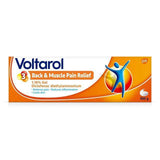

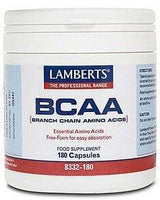


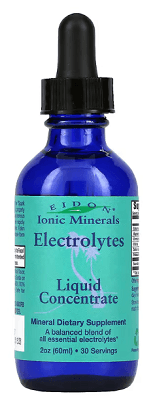
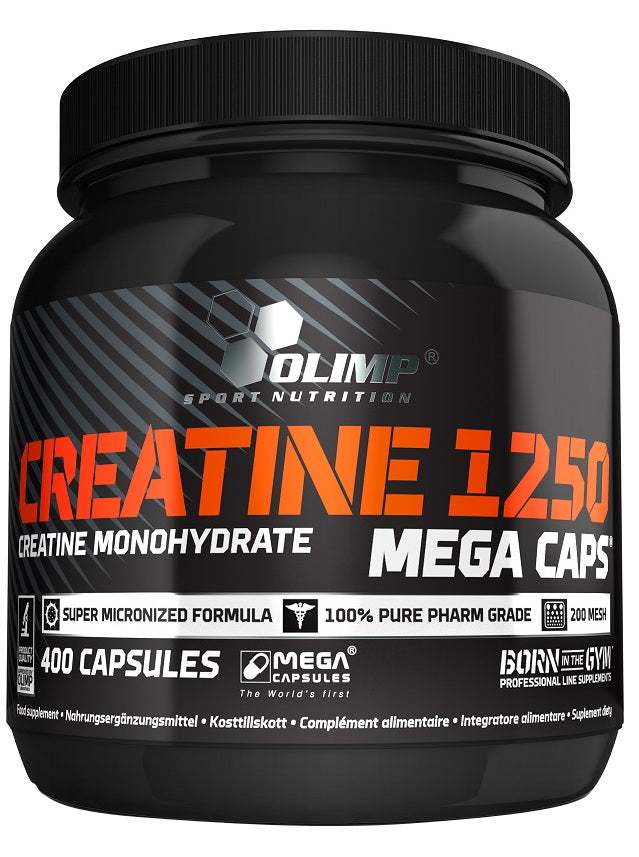


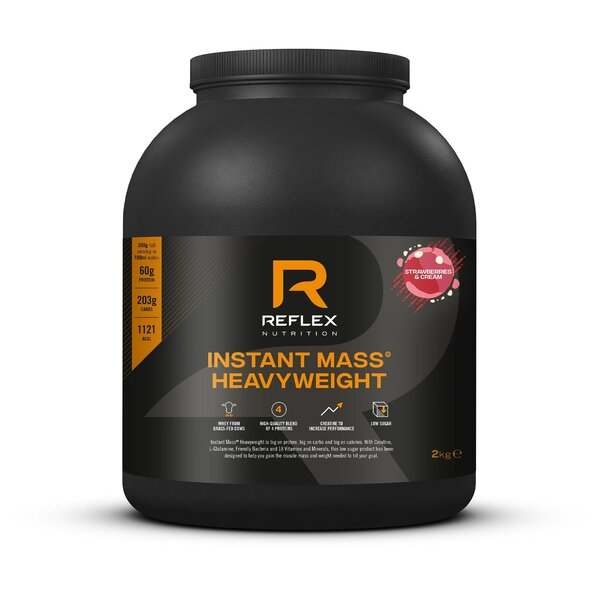
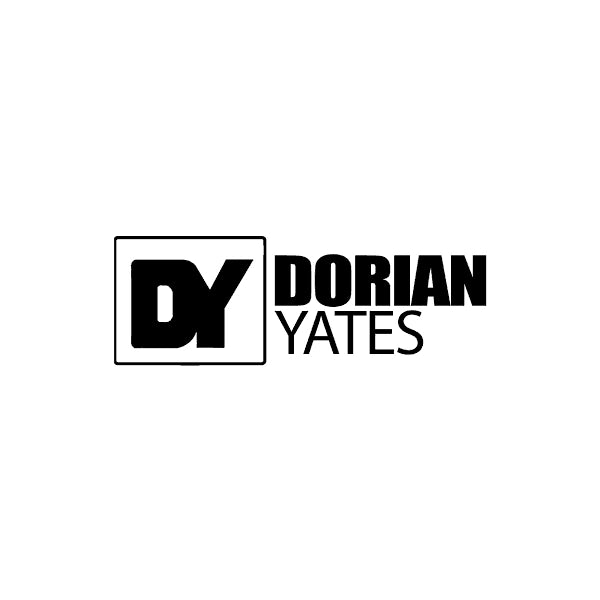





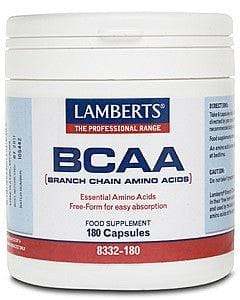

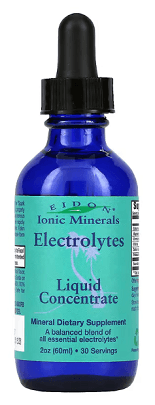
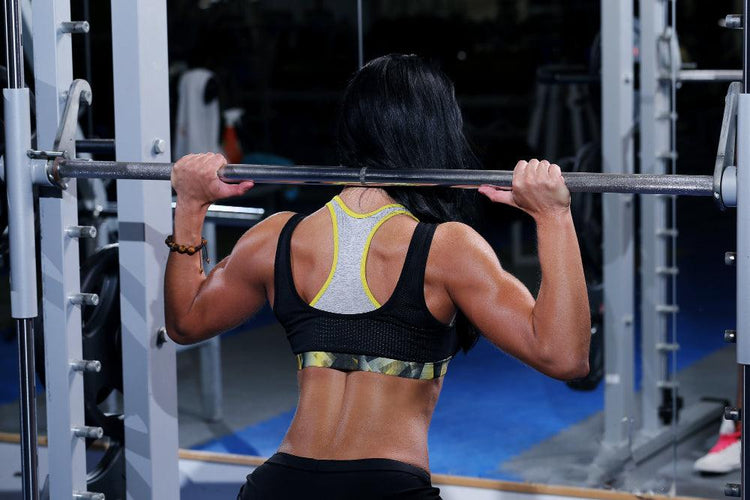


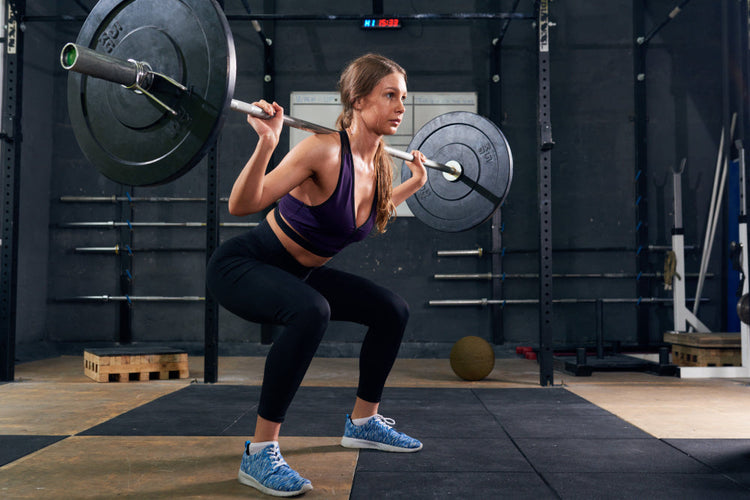



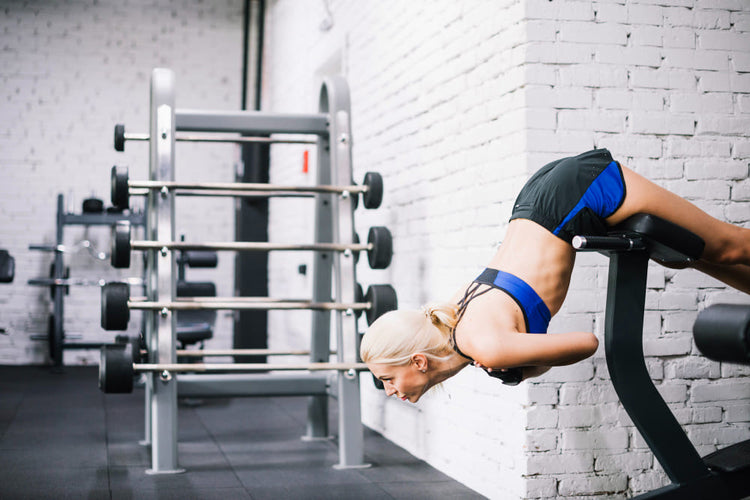

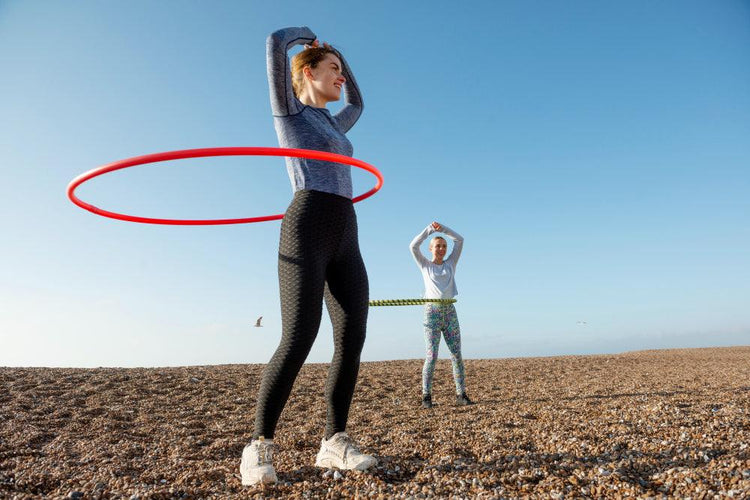
 Rated Excellent by 14,617+ Reviews
Rated Excellent by 14,617+ Reviews